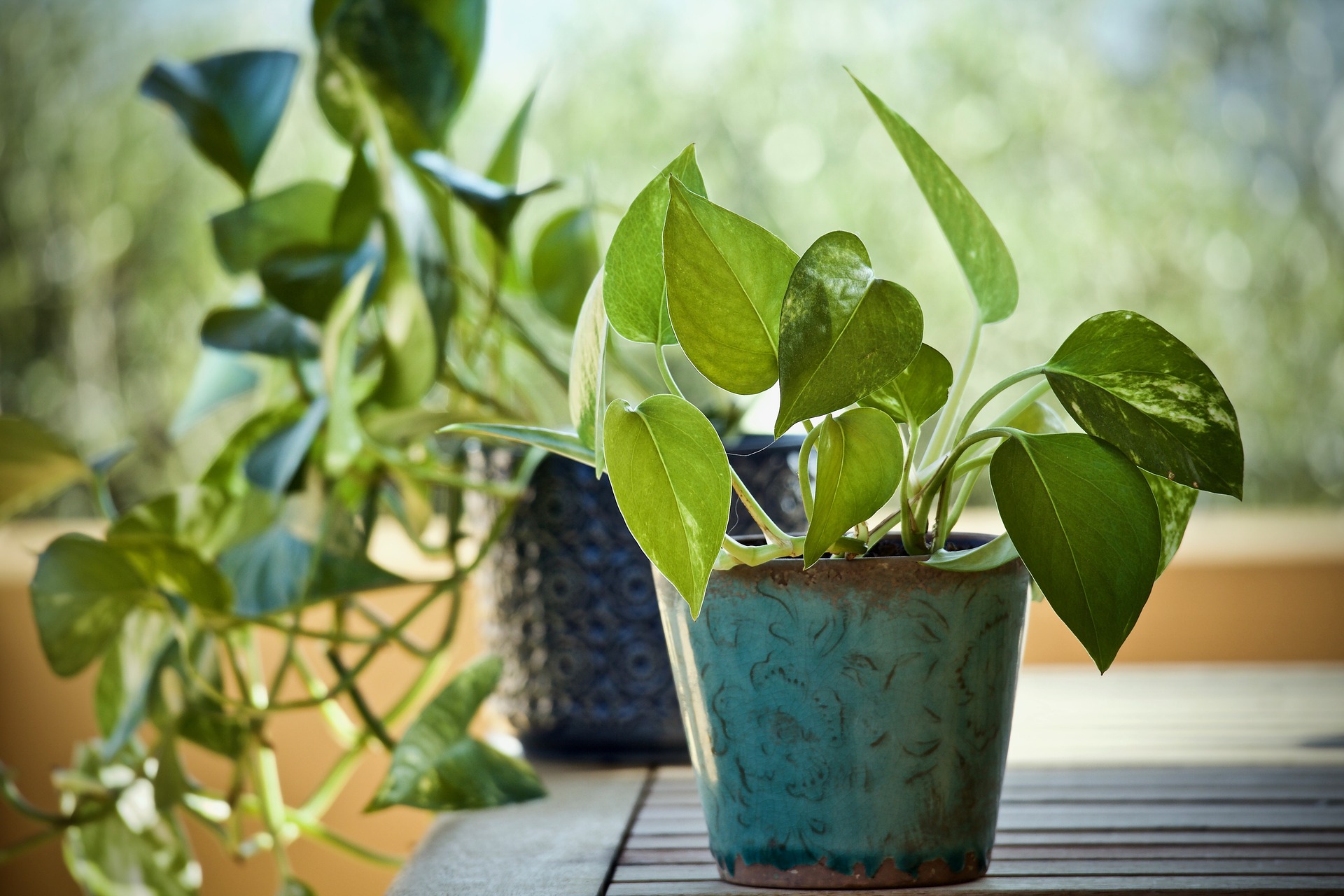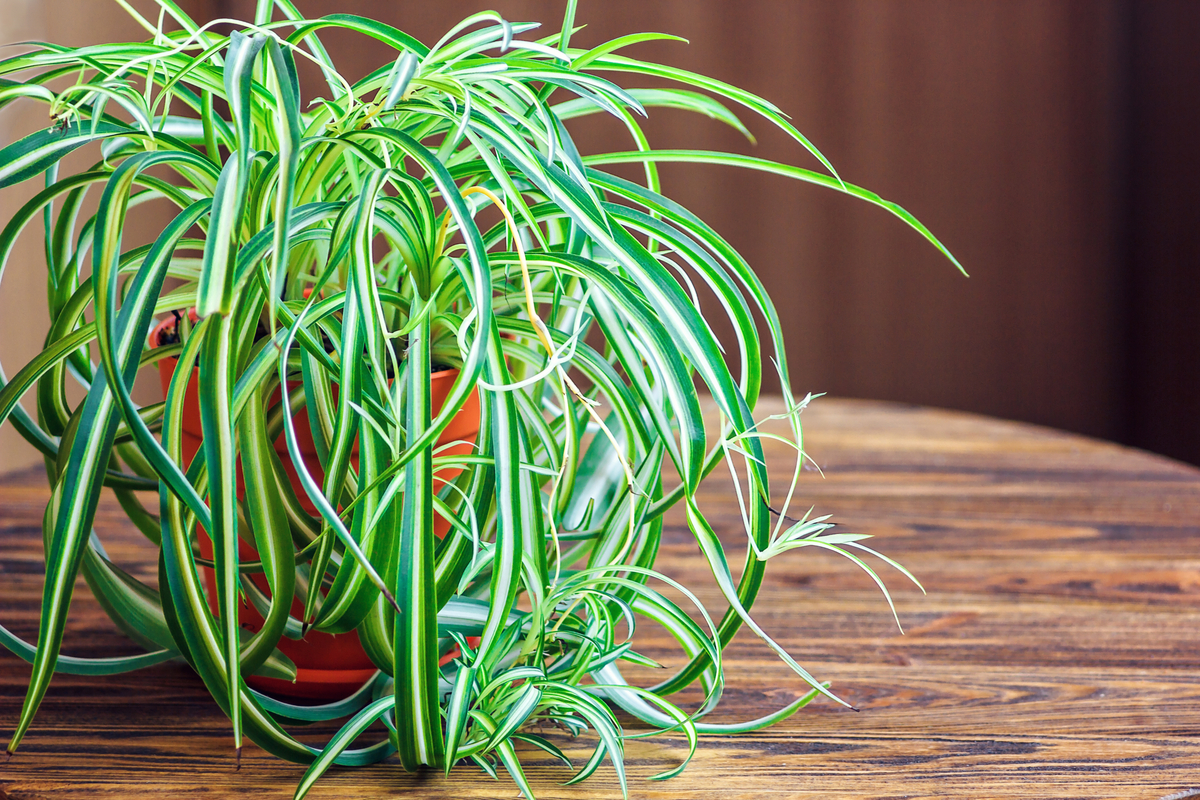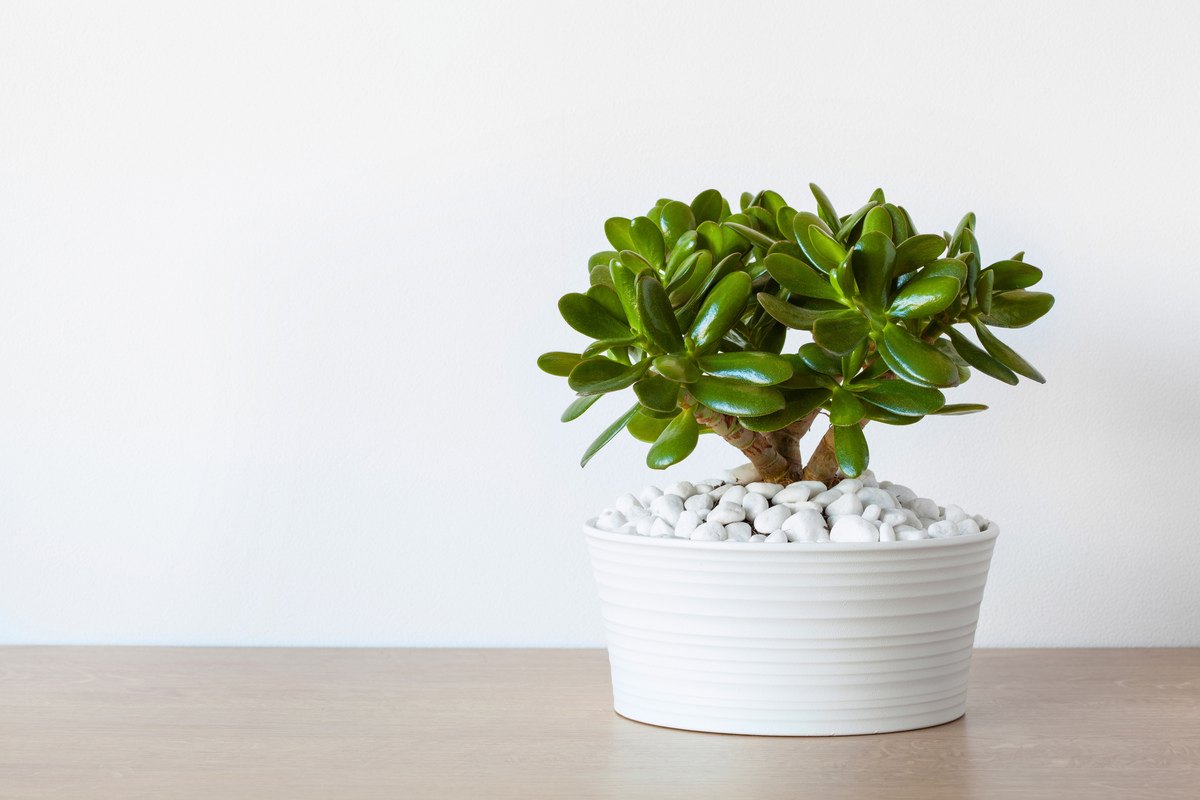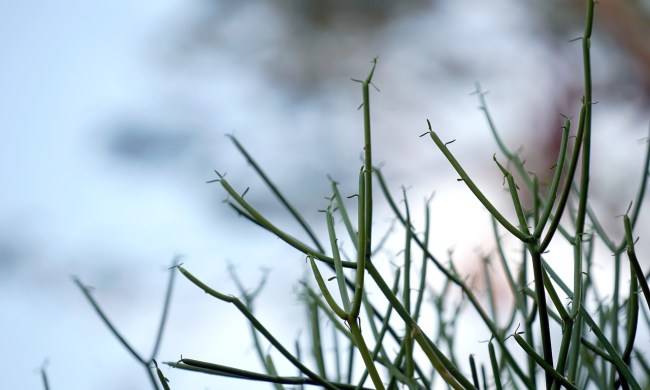Whether you’re in a small space like an apartment or have room for an indoor garden, there’s just something about indoor plants that bring life to any room. They can be small enough to accent a desk, large enough to act as a focal point of the room, and almost anywhere in between. The best part is that there’s such a wide variety of indoor plants to choose from!
Many people will look for fast-growing indoor plants to accent their space, getting more instant gratification and decoration than one that can take several years to mature. Even within that niche alone, there are tons of plants that grow fast, making it easy to choose one that fits in best with your space.

Desert candle cactus
A desert candle cactus (or Euphorbia acrurensis) has ribbed stems with small oval-shaped leaves. They are native to South and West Africa, but they make beautiful indoor houseplants when cared for properly. The desert candle cactus can grow up to anywhere from 5 to 8 feet tall if you give it the space, so make sure you’re prepared to one day go from a small accent plant to one that becomes a talking point at every house party.
Desert candle cacti love bright, indirect light, so find a space in your home with that type of lighting. Occasionally, you may see the desert candle start to lean toward its lighting source. This is common for many plants, and all you’ll need to do is rotate it slightly about once a week.
It will only need water every three to four weeks. The desert candle stems will become soft and the top inch of the soil will be dry when it’s time to water. Keep in mind that it’s easier to salvage an underwatered cactus than an overwatered cactus. So, if there’s ever any doubt in your mind about if it’s time to water, it’s best to hold off until you’re sure.
Spider plant

Spider plants are one of the most common houseplants. They have few problems, as they can grow in an array of different conditions and are one of the easiest plants to take care of. There are solid and variegated varieties of the spider plant, each one producing its own babies (or spiderettes) that can be grown and used for propagation. Since spider plants are so tough, and one of the more fast-growing houseplants, they’re perfect for beginner gardeners or those new to indoor houseplants. They can be hung or in a pot on a plant stand, providing a lot of options for how to incorporate them into your space.
Spider plants prefer to be watered occasionally during their one-year growth to maturity; after that, they require moderate watering (without allowing the roots to become soggy, as that could lead to rot). Part of why they’re such a good houseplant for almost anyone is that they do well in a wide temperature range — from 55 to 80 F.
Golden pothos
The golden pothos is another indoor plant that grows fast and is easy to take care of. The plant is known for its heart-shaped leaves, which can be green or variegated, and can eventually grow to be up to 10 feet long. Its other name, devil’s ivy, is a nod to how fast and furious this hardy plant grows. A bonus of having golden pothos in your home is that not only does it liven the space, it also has the ability to filter formaldehyde from your air and improve the quality.
When caring for your golden pothos, keep in mind that it loves bright, indirect sunlight but is able to survive in medium to low indirect light. You may not have as many leaves or as much growth in a slightly darker space, but you’ll still be able to keep the pothos alive! Also, be sure that you plant your pothos in a pot with good drainage as they don’t like to sit in stale water/soil, which can cause the roots and plant to rot. The golden pothos should only need to be watered every one to two weeks, so use that as a rule of thumb and adjust accordingly.
Jade plant

Jade plants are popular succulents with thick wood-like stems and oval leaves — almost resembling miniature tree trunks. Jade plants grow about 2 inches during their yearly growing season, usually reaching maturity around 6 inches tall. They’re thought to bring good luck to their owners, earning them alternative names like “lucky plant” and “friendship plant.”
Jade plants don’t demand much from their caretakers. Overwatering can kill the plant, so you’ll want to follow the soak-and-dry method that’s used with most succulents. Once every two weeks, water the jade until it begins to drain out the bottom of the pot, then wait for the spilt to become dry before watering again. In colder months, the time between watering will space out farther as the plant goes into a period of dormancy. Jade plants should also be kept in bright, indirect light to avoid any burning of the leaves.
As you can see, most of these fast-growing indoor plants prefer indirect light, making them perfect for beginner houseplant owners and gardeners or people who live in a less-lighted space that still want to bring the outside in.
Looking for more? Learn all about indoor plant care during springtime with our top tips!


